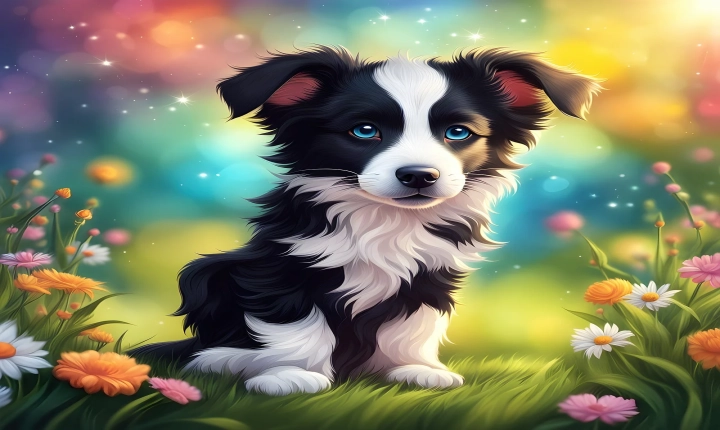Title: A Step-by-Step Guide on Creating a Text-to-Image AI
In recent years, the development of artificial intelligence has reached new heights, enabling machines to complete tasks that were once thought to be exclusive to the human mind. One such task is the generation of images from textual descriptions, a feat achieved through a technology known as text-to-image AI. This remarkable capability has applicability in diverse fields such as creative design, e-commerce, and autonomous systems. In this article, we will discuss the step-by-step process of creating a text-to-image AI model.
Identifying the Text-to-Image AI Framework
The first step in creating a text-to-image AI system is to identify the appropriate framework or platform to work with. There are several popular frameworks that offer support for developing such models, including TensorFlow, PyTorch, and OpenAI’s GPT-3. Each framework has its advantages and drawbacks, and the choice will depend on factors such as complexity, scalability, and the specific requirements of the project.
Data Collection and Preprocessing
Once the framework is selected, the next step is to collect and preprocess the data for training the text-to-image AI model. This involves gathering a large dataset of paired textual descriptions and corresponding images. The quality and diversity of the dataset are crucial, as they directly impact the performance and generalization ability of the AI model. Preprocessing tasks may include data cleaning, normalization, and augmentation to ensure a robust training dataset.
Model Architecture and Training
With the dataset in place, the next step is to design the architecture of the text-to-image AI model. This involves choosing appropriate neural network structures, such as convolutional neural networks (CNNs) for image processing and recurrent neural networks (RNNs) for handling textual data. The model also needs to incorporate attention mechanisms and generative adversarial networks (GANs) to effectively translate textual descriptions into realistic images.
Training the model involves feeding the dataset into the AI framework and optimizing the model’s parameters through backpropagation and gradient descent. The training process may take a considerable amount of time, depending on the size of the dataset and the complexity of the model architecture.
Evaluation and Fine-Tuning
Once the model is trained, it must be evaluated using a separate validation dataset to assess its performance in generating accurate and relevant images from textual inputs. Metrics such as precision, recall, and F1 score can be used to quantify the model’s accuracy. Based on the evaluation results, the model may undergo fine-tuning to address any shortcomings and improve its overall performance.
Deployment and Integration
After the model has been trained and evaluated, it can be deployed for practical use. This may involve integrating the text-to-image AI model into existing software or platforms, such as e-commerce websites, content generation tools, or creative design applications. Robust deployment strategies must be considered to ensure that the model functions reliably and efficiently in real-world scenarios.
Continued Maintenance and Improvement
Creating a text-to-image AI model is not a one-time task, as continued maintenance and improvement are essential for keeping the model up to date and effective. This may involve retraining the model with new data, updating the model architecture, or optimizing its performance based on user feedback and usage patterns.
In conclusion, the development of a text-to-image AI model involves a series of intricate steps, from data collection and preprocessing to model training, evaluation, and deployment. The process requires expertise in machine learning, deep learning, and computer vision, as well as a solid understanding of the specific domain in which the AI model will be applied. As AI technology continues to advance, the creation of text-to-image AI models holds great promise for revolutionizing various industries and opening up a world of new possibilities.
